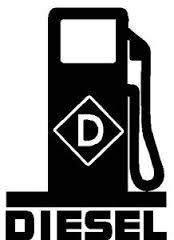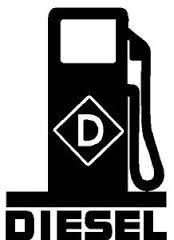EPA Research Shows Moderate or Severe Corrosion in Diesel USTs
 |
 |
Report shows that 83% of the underground storage tanks studied exhibited moderate or severe corrosion, but less than 25% of owners were aware of the corrosion.
WASHINGTON July 22, 2016; NACSonline reported that in a report released this week on corrosion inside diesel fuel underground storage tanks (UST), the U.S. Environmental Protection Agency (EPA) found moderate or severe corrosion that could affect metal components inside both steel and fiberglass underground tank systems, according to the report.
Corrosion inside USTs can cause equipment failure by preventing proper operation of release detection and prevention equipment. If left unchecked, corrosion could cause UST system failures and releases, which could lead to groundwater contamination.
EPA’s report shows that 35 of 42 of the USTs studied, or 83%, exhibited moderate or severe corrosion, but less than 25% of owners were aware of corrosion prior to the internal inspection.
Although EPA cannot project the actual percentage of USTs storing diesel that are affected by corrosion nationwide, the agency is alerting owners of USTs storing diesel fuel about risks from corrosion. EPA’s notification recommends owners check inside their tank systems and further investigate the condition of their diesel fuel tanks. Owners’ awareness and early actions could help protect them from higher repair costs and help protect the environment from contamination from releases. EPA’s UST website provides information on actions tank owners can take to minimize corrosion and associated risks.
Scientific evidence has not identified a specific cause of corrosion in diesel tanks, although microbiologically-influenced corrosion is suspected to be involved.
NACS has been engaged with industry stakeholders evaluating the corrosion of ULSD storage tanks for nearly 10 years. The EPA study of 42 UST systems is the most extensive site evaluation of this issue conducted to date and is a clear indication that ULSD tank system corrosion, which seemed random and inconsistent years ago, may indeed be more pervasive. EPA’s report should be considered by retailers as a valuable resource and a notification to pay close attention to diesel tank systems in order to head off potential issues before they become problems.
The Clean Diesel Fuel Alliance, of which NACS is a founding member, conducted prior research into UST corrosion. CDFA provides a link to “Preventative Maintenance Guide for Diesel Storage and Dispensing Systems,” a two-page resource prepared by CRC. Additional research into this issue is ongoing, but currently there is no conclusive evidence identifying a causal factor contributing to the corrosion being found in tank systems. Consistent tank maintenance and monitoring is considered the best approach for dealing with the issue at this time.


